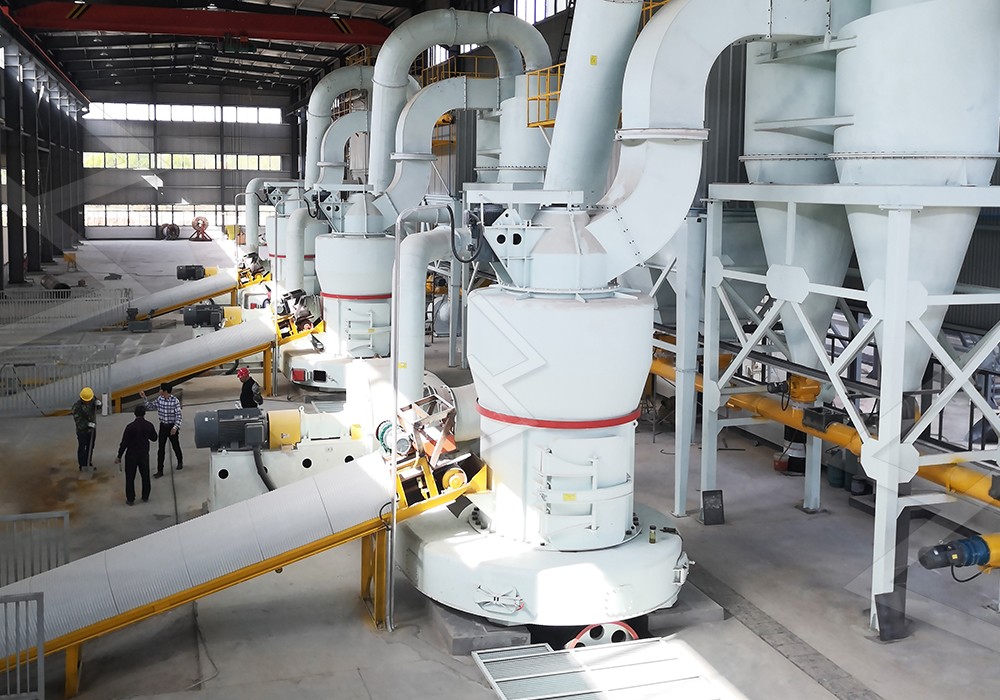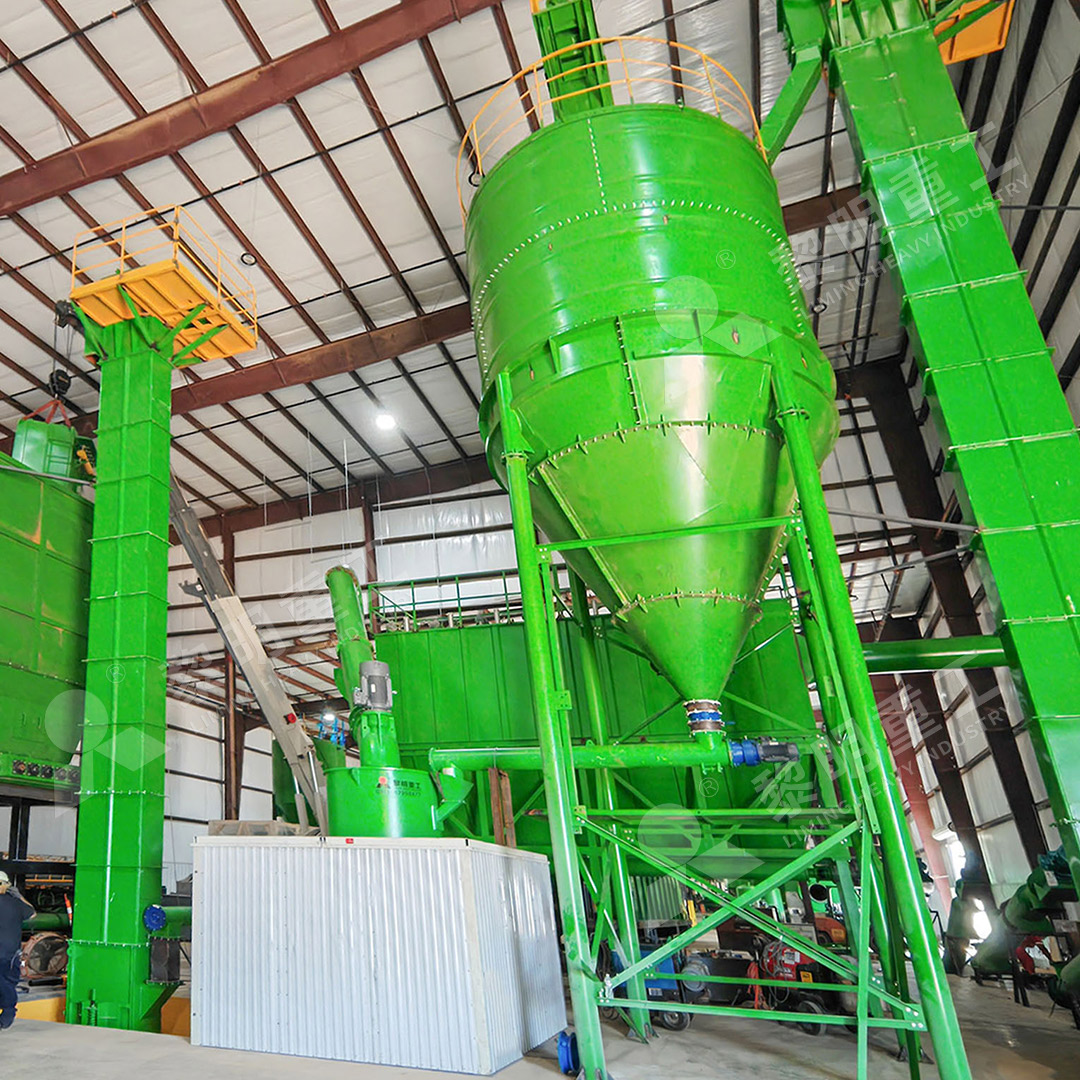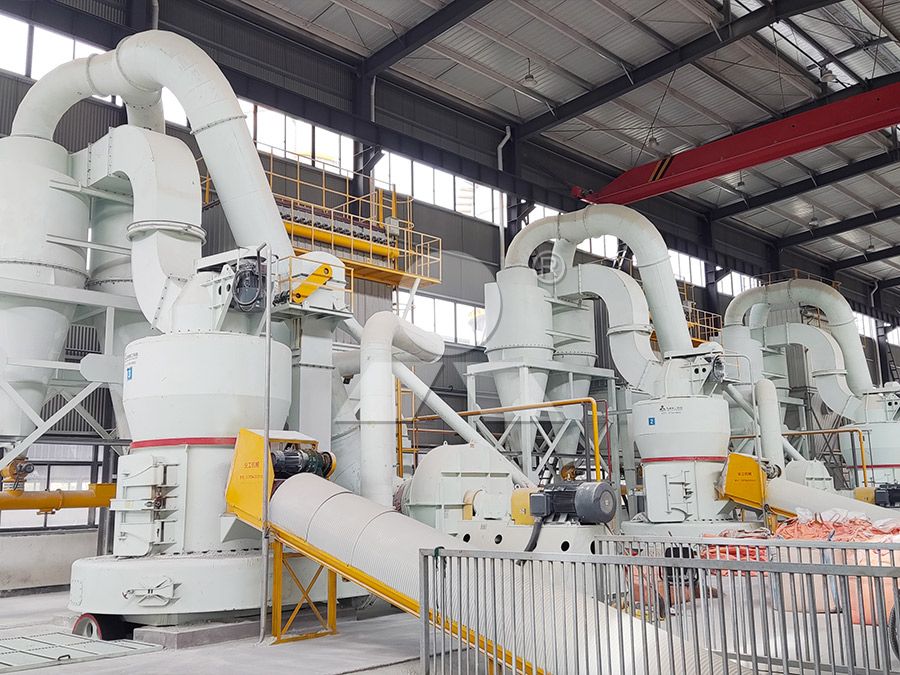Barite Grinding Mill: Types, Selection, and Key Features
Barite Grinding Mill: Types, Selection, and Key Features
Barite, a mineral composed of barium sulfate, is crucial in various industries including oil and gas drilling, paint, plastics, and medical applications. Achieving the desired fineness and quality of barite powder requires specialized grinding equipment. This article explores different types of barite grinding mills, key selection criteria, and highlights advanced solutions for optimal processing.
Common Types of Barite Grinding Mills
Several mill types are suitable for processing barite, each with distinct mechanisms and output characteristics:
- Raymond Mill: A traditional choice for coarse to medium grinding (80-400 mesh), known for its reliability and simple operation.
- Ball Mill: Uses steel balls to crush and grind materials, suitable for both wet and dry grinding processes, producing powders in the range of 100-400 mesh.
- Vertical Roller Mill: Integrates drying, grinding, and classification in a single unit, offering high efficiency and lower energy consumption compared to ball mills.
- European Trapezium Mill: An advanced version of Raymond mill with improved efficiency, finer output, and better energy utilization.
- Ultrafine Grinding Mill: Designed for producing superfine powders (325-2500 mesh) with high precision and uniform particle size distribution.

Key Selection Criteria for Barite Grinding
Choosing the right grinding mill for barite processing depends on several factors:
- Required Fineness: Determine the target particle size distribution for your application
- Production Capacity: Match the mill’s throughput with your production requirements
- Energy Efficiency: Consider long-term operational costs and environmental impact
- Space Constraints
- Maintenance Requirements: Assess the ease of maintenance and availability of spare parts
- Environmental Compliance: Ensure the equipment meets dust and noise emission standards
Advanced Solutions for Barite Processing
For operations requiring ultra-fine barite powder with superior quality control, the MW Ultrafine Grinding Mill represents a technological breakthrough. This advanced mill system is specifically engineered for customers who need to produce ultra-fine powder with precision and efficiency.
The MW Ultrafine Grinding Mill features an innovative design that eliminates rolling bearings and screws in the grinding chamber, significantly reducing maintenance concerns and potential machine damage. With its German-technology cage-type powder selector, the mill achieves adjustable fineness between 325-2500 meshes with exceptional precision. The integrated pulse dust collector and muffler system ensures environmentally friendly operation by minimizing dust and noise pollution throughout the production process.

Another excellent option for barite processing is the LUM Ultrafine Vertical Grinding Mill, which combines Taiwanese grinding roller technology with German powder separating technology. This mill features a unique reversible structure that simplifies maintenance operations and double position-limiting technology that guarantees operational stability even under challenging conditions.
Critical Features for Optimal Barite Grinding
When evaluating grinding mills for barite applications, several features deserve special attention:
- Precision Particle Size Control: Advanced separator technology for consistent product quality
- Wear Resistance: Durable grinding components that withstand barite’s abrasive nature
- Automation Capabilities: Digital control systems for consistent operation and easy adjustment
- Environmental Protection: Comprehensive dust collection and noise reduction systems
- Energy Optimization: Designs that maximize output while minimizing power consumption

The MW Ultrafine Grinding Mill exemplifies these features with its higher yielding and lower energy consumption characteristics. Production capacity is 40% higher than jet grinding mills and twice as large as ball grinding mills with the same fineness and power, while system energy consumption is only 30% of jet grinding mills. This combination of performance and efficiency makes it an ideal choice for modern barite processing operations.
Frequently Asked Questions
What is the optimal fineness range for barite in drilling applications?
For drilling mud applications, barite typically requires grinding to 200-325 mesh to meet API specifications. The MW Ultrafine Grinding Mill can easily achieve this range while maintaining consistent particle size distribution.
How does the MW Ultrafine Grinding Mill handle dust control?
The mill is equipped with an efficient pulse dust collector that ensures no dust pollution during operation. Combined with silencer and noise elimination rooms, the entire system operates in compliance with national environmental protection standards.
What maintenance advantages does the MW Ultrafine Grinding Mill offer?
With no rolling bearings or screws in the grinding chamber, users avoid common failure points. The external lubricating device allows lubrication without shutdown, enabling continuous 24-hour production with minimal maintenance interruptions.
Can the same mill process different materials besides barite?
Yes, the MW Ultrafine Grinding Mill is versatile enough to process various non-metallic minerals including limestone, calcite, dolomite, gypsum, marble, talc, and others, making it a valuable multi-purpose investment.
